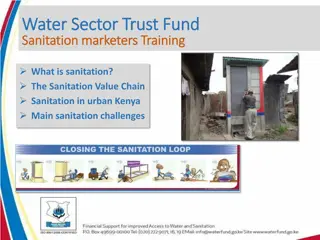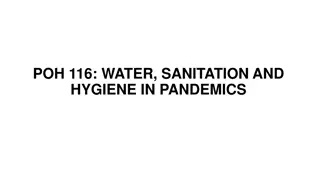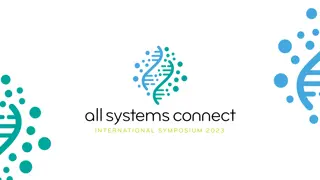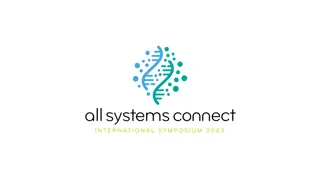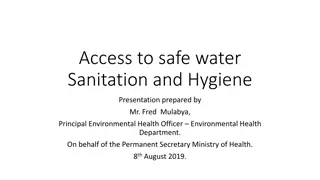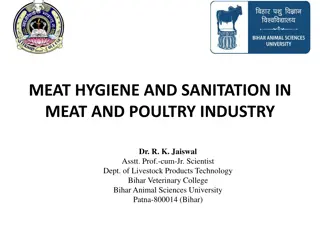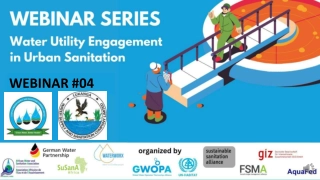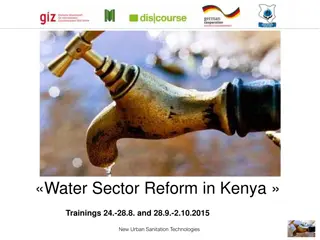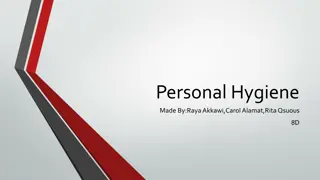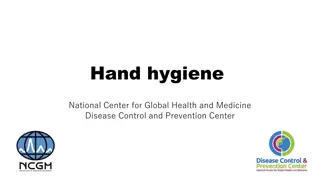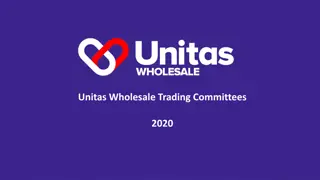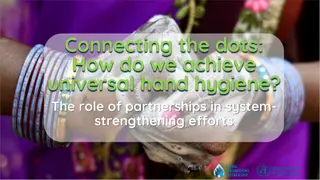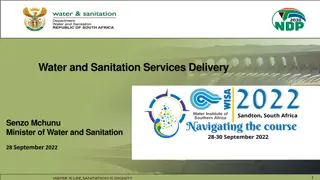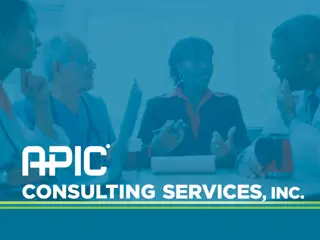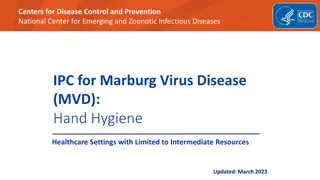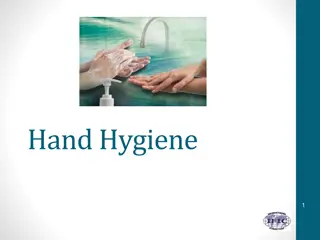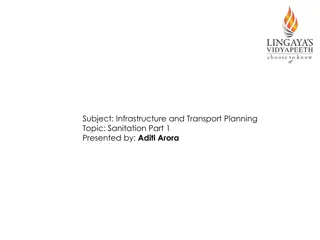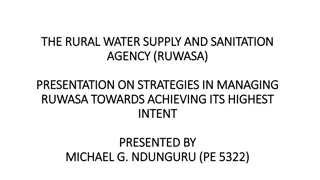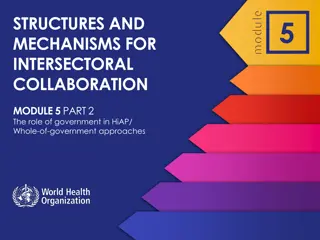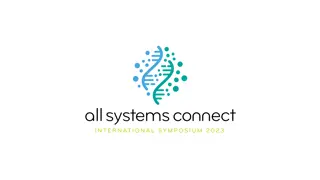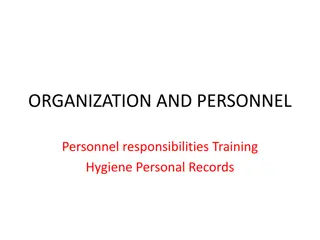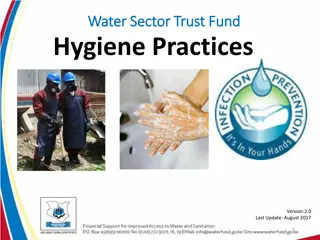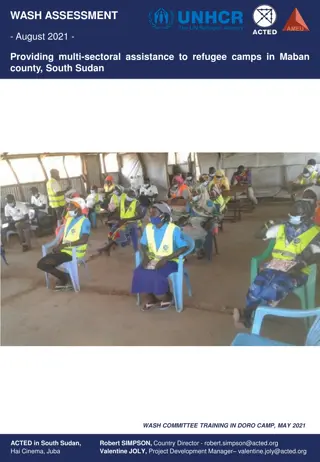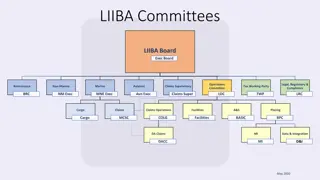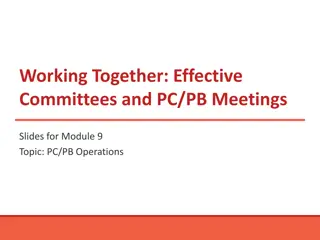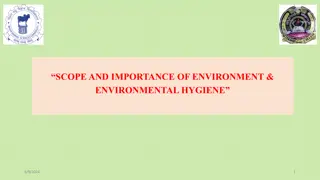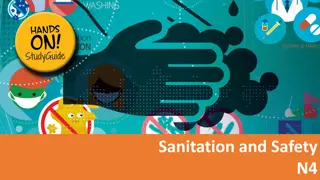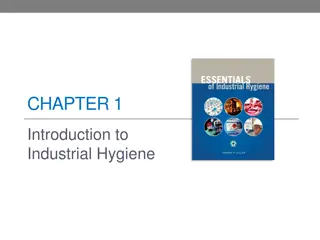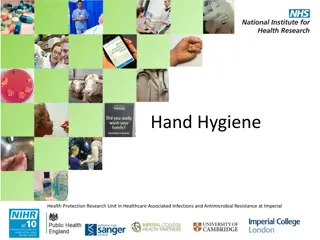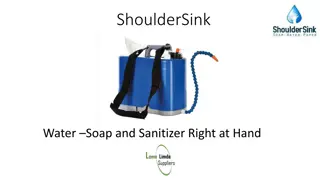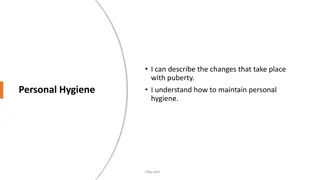Options for Policy Development Committees in Sanitation and Hygiene
Various options are presented for forming policy development committees in the context of national sanitation and hygiene technical committees. These options include establishing a policy drafting committee with task teams, working with consultants, and partnering with NGOs. Each option has its advantages and disadvantages related to cost, expertise, stakeholder engagement, and efficiency in the policy development process.
Download Presentation

Please find below an Image/Link to download the presentation.
The content on the website is provided AS IS for your information and personal use only. It may not be sold, licensed, or shared on other websites without obtaining consent from the author. Download presentation by click this link. If you encounter any issues during the download, it is possible that the publisher has removed the file from their server.
E N D
Presentation Transcript
ASPG NOTES FOR THE NATIONAL SANITATION AND HYGIENE TECHNICAL COMMITTEES
Option 1: Policy drafting committee and task team An inter-ministerial policy drafting committee is established consisting of representatives from key ministries involved in sanitation with skills and experience relevant to the various components of the policydevelopment process. The coordinator creates task teams, which are assigned a range of tasks including assessment, policy drafting, stakeholder consultation, and development ofimplementation strategy. The task teams will report back to the committee at agreed intervals.
Option 2: Policy drafting committee and consultants Consultants are hired to support and facilitate the policy drafting process, but not to lead. They work closely with the policy drafting committee, which consents to approaches used and approves outputs. This is important to ensure that the drafting committee (ministry representatives) are involved and lead the policy development process, as they help to disseminate the policy and encourage uptake bytheir respective ministries. The consultants can be contracted either to support all aspects of the policy and implementation strategy development or just some aspects such as the situation assessment. It is advisable to have a single group of consultants working with the government throughout the policy development process.
Option 3:Policy drafting committee, consultants, and NGOs A partnership is entered into with consultants and a consortium of NGOs that are implementing water supply and/or sanitation and hygiene projects identified from amongthe national sanitationworking groups/WASH forums. The NGO can be tasked with conducting the sanitation situation assessment (see section 2.2.4). It is important to have clear terms of reference to ensure that the assessment focuses on the essential information needed to support policy development.There should also be clarity onhow the assessment should be funded. The coordinator should oversee the entire process of policy development, including working with the NGOs and Consultants to design the situation assessment, and then use the findings in the drafting of the policies and implementation strategies andtosupport consultations.
Advantages and disadvantages of policy preparation team options OPTION 1 ADVANTAGES DISADVANTAGES Policy drafting committee and task force This option may be cheaper A government-only committee could be limited in terms of broader sanitation service skill sets, and this may also complicate consultations with other stakeholders. It may take longer to accomplish the tasks, as government staff also have to manage their regular work commitments
Advantages and disadvantages of policy preparation team options OPTION 2 ADVANTAGES DISADVANTAGES Policy drafting committee and consultants Accountability is achieved if the fees are based on the deliverables There are ownership risks associated with this option, especially when the policy review and revision is not initiated by the government but rather by a development partner
Advantages and disadvantages of policy preparation team options OPTION 3 ADVANTAGES DISADVANTAGES Policy drafting committee, consultants, and NGOs Efficiency in terms of time and it is easier to build in multi-stakeholder inputs. Consultants and NGOs can have their own agenda or preferences which may be emphasised in the final report produced Past experiences of using participatory approaches make it more likely that underserved populations will be included in the situation assessment There may be challenges in gaining the active participation of governmental agencies. Without funding, this can turn out to be costly
Sanitation Situation Assessment -Core questions for the assessment Key Issue CORE QUESTIONS EQUITY Is there equitable service coverage of everyone in all geographic areas and all social and economic groupings? VIABILITY/SUSTAINABILITY Do revenues adequately cover costs to keep systems running and expanding, and if not, are reliable arrangements in place to make up for the shortfall? MANDATE Does the existing law or policy identify one or more authorities with a clear, non-overlapping mandate to ensure equitable delivery of safe sanitation services? Do existing policies incorporate national strategic priorities (e.g. poverty alleviation, urban development, gender equity)? ACCOUNTABILITY Is the mandated authority held accountable for making progress against that mandate? Are there performance indicators and structured incentives?
Sanitation Situation Assessment -Core questions for the assessment Key Issue CORE QUESTIONS RESOURCE PLANNING AND ALLOCATION: Is there a national funding framework to allocate financial resources based on clearly defined and inclusive national priorities and performance assessments? IMPLEMENTATION Is there an implementation strategy and, if so, how effectively are its basic functions designed and implemented? MONITORING AND IMPACT ASSESSMENT Is there a monitoring and reporting mechanism in place, and if so, is it implemented?
STAKEHOLDERS TO ENGAGE Agencies engaged in disaster preparedness and response (government and NGOs) Sanitation service providers (including the informal and formal sectors, professional and trade groups) Academics End users in all contexts, (e.g. urban areas, slum dwellers, refugee and IDP camps, rural and small towns) including women, girls, and people with disabilities WASH NGOs and CBOs CSOs Development partners active in the sanitation sector
STAKEHOLDERS TO ENGAGE Public health authorities Education authorities Local government and municipal authorities Gender, women s affairs, and social welfare authorities Rural and urban development authorities Planning authorities Ministry of Finance Water and sanitation utilities Regulators Environment agencies
SAMPLE POLICY OBJECTIVES Open defecation is eradicated, and all faecal sludge removed from sanitation facilities is safely transported and treated. Wastewater and faecal sludge are regarded as resources to be safely processed into products that are saleable in each local context. All residents of high-density, low-income urban settlements have access to basic sanitation backed by an effective service chain to collect, remove, and treat faecal wastes. The costs of sanitation are shared between government and users, reflecting the public and individual benefits provided by sanitation, with targeted subsidies for those households unable to meet their required contribution. The private sector provides a range of sanitation services under a transparent regulatory regime.
Factors to consider for specifying sanitation systems and services in a policy -Safe management of excreta The fundamental requirement of sanitation systems and services is to ensure that there is no active or passive contact with excreta by users and service providers. This applies to both sewered and non-sewered sanitation systems at every step of the service chain and in the linkages between the steps.
Factors to consider for specifying sanitation systems and services in a policy - Appropriateness of sanitation systems and services for different settings Standards for sanitation technologies and associated service levels are determined by the nature of the setting (e.g. rural, urban, peri-urban, small town, formal, low-income) and the type of use (e.g. household, institutional, public, or in emergencies and disasters). It is also important to consider the feasibility of achieving those standards, in terms of affordability, acceptability, accessibility, etc. (see Table 4). It is possible that the standards or technical solutions for safely managed sanitation can differ between these contexts.
Table 4a: Factors to consider when specifying sanitation systems and service levels Factor Household level (toilet, containment, storage/treatment, conveyance) Public level (conveyance, treatment, end-use/disposal Physical / sociocultural factors Population density Water availability y Climate risk (e.g. flooding, landslide, drought, etc.) Ease of excavation Land availability and land tenure Acceptance and usability of the technology Gender relations and differences Financial and human resources capacity for infrastructure and services (e.g. emptying and transportation, sewerage networks, treatment facilities) Financial and human resources capacity for operation and maintenance (O&M) Financial and human resources capacity for behaviour change promotion Availability of key utility services (e.g. water, electricity)
Table 4b: Factors to consider when specifying sanitation systems and service levels Factor Household level (toilet, containment, storage/treatment, conveyance) Public level (conveyance, treatment, end-use/disposal Enabling factors Financial capacity for investing in infrastructure Availability of market for sanitation supplies and service providers Human resources (HR) capacity for building infrastructure (e.g. construction of safe toilets, containment facilities, sewer connections) Financial capacity for O&M HR capacity (e.g. emptying and transportation, connection to sewerage networks) Willingness to pay for services Adequate sanitation byelaws and enforcement Capacity for management and coordination of the diverse services required Technical and financial inputs needed by service providers
Funding and financing sources The provision of safely managed sanitation to the whole population is only possible if funding is available and financing sources are reliable and sustainable. Sanitation foundation for developing strategies, which are then used to develop funding plansand sourcesof financing. policies provide implementation the


